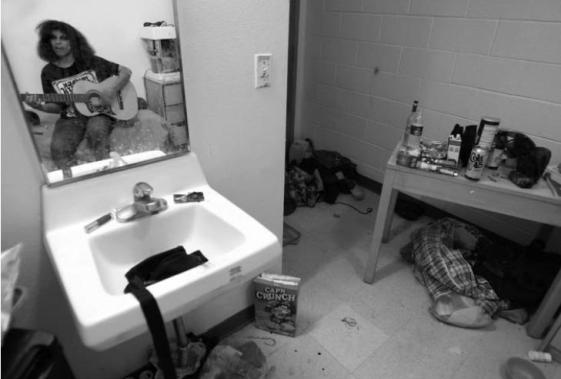As is often the case, the boundary around the story is key. “Project 50” focuses on a specific program that asks the question “What happens if you take the 50 people on skid row mostly likely to die and give them a place to live?”

A less surefooted writer might use soft focus to humanize his characters, but Goffard reflects the mess without trying to clean it up (his final installment is called “No Tidy Endings”). Instead of pushing the reader away, the story's frank honesty about the lives of the homeless makes its subjects more likable. By letting us see the continued temptations and danger all around, Goffard emphasizes how far the Project 50 clients must rise to dream of living any other way. And he reports on the ambitions of his characters -- to be a singer, to regain a merchant marine license -- as seriously as he would for a story on any other residents of the city.
Project 50 is more than just a catchy concept; it’s based on studies that have shown some benefits to providing housing before making demands about counseling or rehab. Goffard includes information on that research, as well the community debate about the project, as context for readers. He frankly acknowledges the controversy, and even profiles some people who return to the streets.
“Project 50” is hard news made comprehensible through storytelling, addressing the fate of the poorest citizens of Los Angeles and the use of millions of taxpayer dollars. It’s a staggering amount of money, but Goffard carefully lays out the program's successes and failures against the very real cost to the city of doing nothing.
[For more, read our interview with Christopher Goffard on his series, in which he talks about unsympathetic characters, sentimental reporting and his ideas on “giving stories the engines they need.”]


